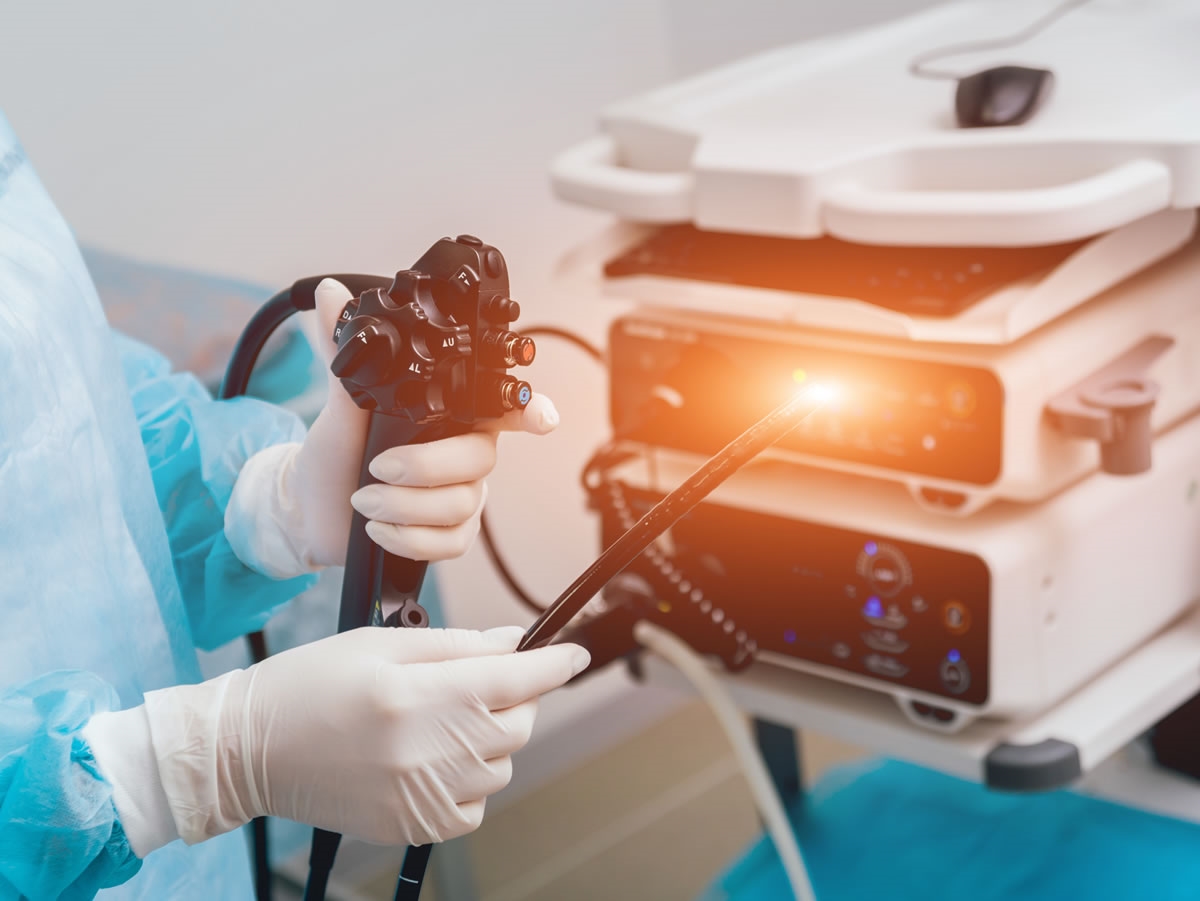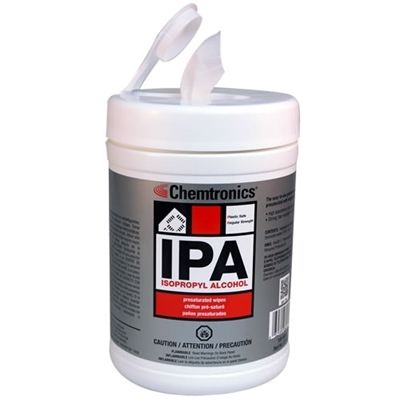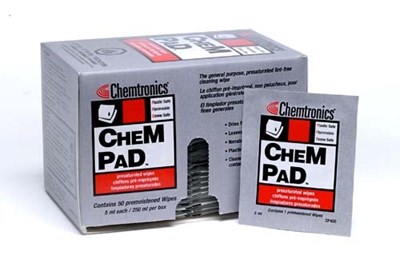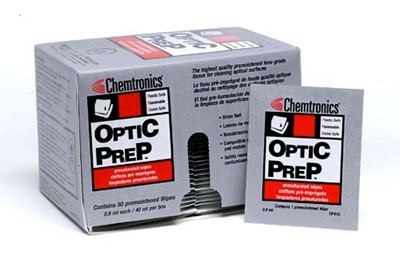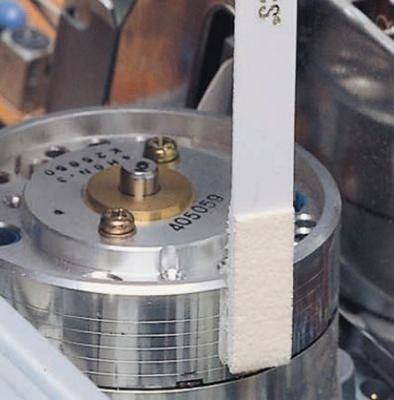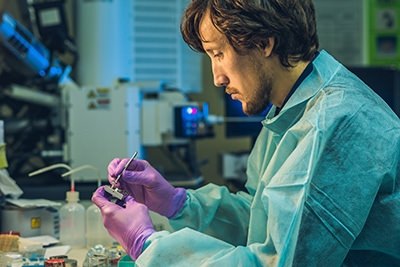The analysis and proper diagnosis of human internal organ conditions are critical to ensure optimal health. Among the equipment used in such procedures, two examples which perform internal diagnostic services are the Laparoscopy and Endoscopy devices. Although both of these have elements inserted into the human body, they do so differently. A laparoscope utilizes a small incision into the human body, while an endoscope enters through natural openings such as the mouth, ear, or nose.
What is Endoscopy?
Endoscopy is a medical procedure which allows a clearer view of our internal organs with an endoscope or endoscopy equipment. There are several types of endoscopes used for varied functions, for example a specific kind of endoscope is used for a colonoscopy via the anus.
Endoscopy equipment is composed of several parts. The monitor, endoscope itself, video processor, light source, and the insufflator. How does endoscopy equipment work?
The endoscopy device inserts the endoscope into the human body through natural openings. The endoscope is guided by the light source which provides illumination to have a clearer view of the human body organs. The video signal captured by the endoscope will be processed by the video processor and will be displayed through the monitor. Sometimes, endoscopy equipment is used for removing small tumors inside the human body through the use of microsurgical tools.
Endoscope Equipment Maintenance
How do we maintain endoscope equipment given that it includes elements inserted into the human body? Proper cleaning and maintenance are required after using the machine and before using it on the next patient. Daily maintenance then requires proper handling, cleaning, and sterilization.
More substantive preventive maintenance on the equipment is mostly conducted semi-annually. The preventive maintenance is conducted by the service engineer or the application specialist utilizing the following lists of procedures.
Proper Handling of Endoscope
- Handle the endoscope equipment properly. Make sure you are wearing gloves, and hold on to the external part of the eyepiece.
- Avoid touching the eyepiece lens or the objective lens to prevent contamination. Even the smallest dust or dirt or fingerprint may cause an undesirable image.
Light Source and Monitor Maintenance
- Monitor the light source hours of operation. If more than 500 hours are logged, the bulb must be replaced.
- Clean the overall external surface of the machine using Chempad Alcohol wipes to eliminate dirt and dust.
- Apply Screen Prep to clean the monitor and to reduce the dirt attraction for the best image or video display.
- Test the light source by turning it on. Check if the intensity of the emitted light is changing appropriately when rotating the brightness knob.
- Clean the light source by eliminating dirt and dust using chamois tip swabs.
Endoscope or Camera System Maintenance
- Connect the endoscope to the light source and power on the machine. Check whether there is a display on the monitor.
- Disconnect the light source and clean the camera lens using Optic Preps and Chemswab alcohol swabs to eliminate small dust particles.
- Clean the body of the endoscope using the Chempad alcohol wipes. This will ensure the overall cleanliness of the endoscope (Chempad alcohol wipes may also be used in daily operation as the primary cleaner before sterilization).
- Check the image quality on the display to ensure the camera is 100% dust or dirt free. The image or display should be clear, with no blurring, distortion or discoloration.
- Perform a white balance test to ensure the clearest display.
Insufflator Maintenance
- Clean the overall surface of the insufflator machine using Chempad Alcohol wipes to eliminate dirt and dust.
- Check the cables and tubing for a leak or damaged wires.
- Clean and check the circuit boards of the insufflator. Use Chemtronics Duster to gently blow off any accumulated dust.
- Test the insufflator for proper operation.
Note: Chemtronics swabs and wipes are disposable and should not be re-used. Re-using these may spread contamination, dust, or damage sensitive components.
Like many sensitive imaging devices, endoscopy equipment are sensitive to small dust, dirt particles, or fingerprints which can cause distorted images resulting in incorrect or difficult diagnoses. Maintenance, proper cleaning and handling are crucial. As elements are used internally, they must be sterilized appropriately. Machine maintenance is a must and choosing the best maintenance products is a plus.

